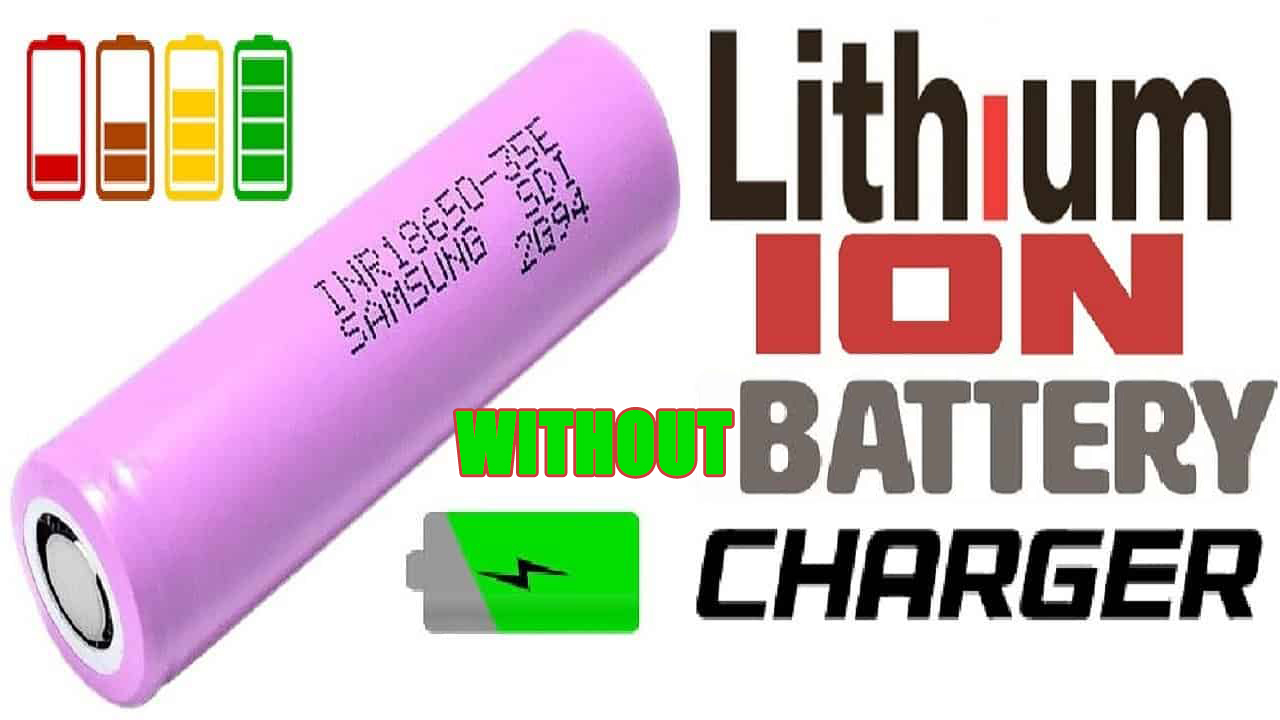How To Charge A 12v Battery Without A Charger
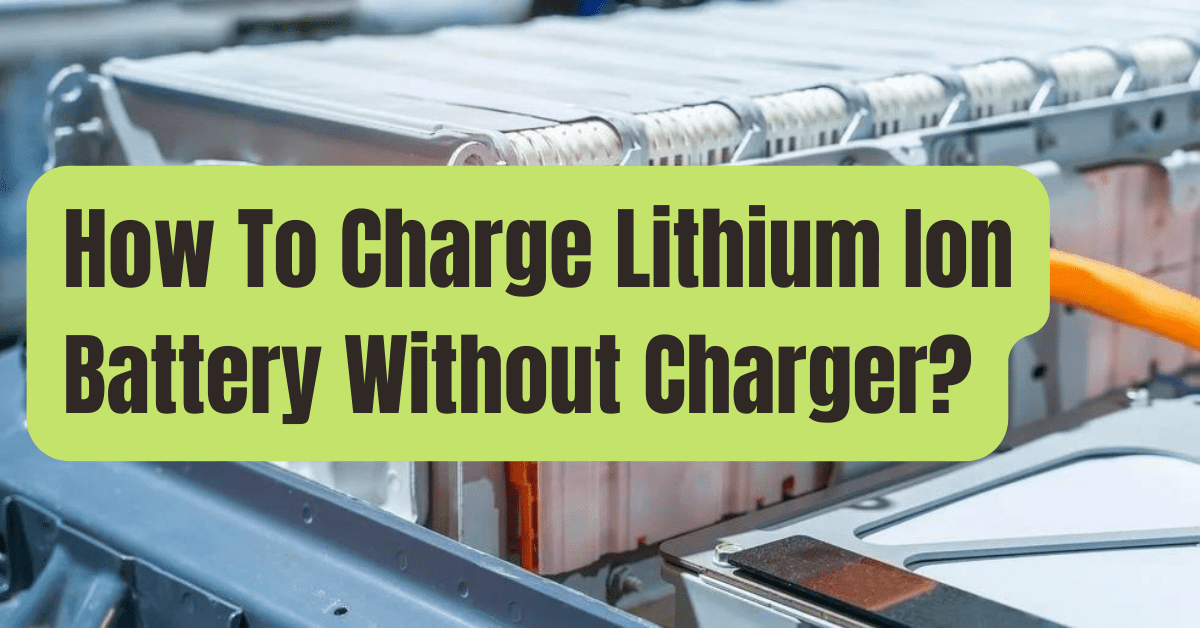
The sun beat down on the dusty Arizona landscape, baking the abandoned pickup truck until the metal shimmered. Inside, Sarah slumped against the worn seat, the silence broken only by the faint hum of the desert wind. Her phone, dead. The truck, dead. Miles from anywhere, she faced a predicament familiar to many who've ventured off the beaten path: a lifeless 12v battery and no charger in sight.
In situations like Sarah's, knowing how to revive a 12v battery without a traditional charger can be a lifesaver. While a dedicated charger is always the safest and most efficient method, necessity often sparks ingenuity. Here, we explore alternative methods, their risks, and how to execute them safely.
Understanding the 12v Battery
The 12v battery is the workhorse of countless vehicles, boats, and off-grid power systems. These batteries, typically lead-acid, provide the initial surge of power needed to start an engine and also run various electrical components.
They function through a chemical reaction involving lead plates and sulfuric acid, which generates electricity.
When discharged, this reaction slows or stops, leaving you stranded.
The Need for Alternative Charging Methods
Modern life relies heavily on electricity, making a functional 12v battery critical for transportation and emergency power.
But what happens when you're far from a power outlet, with no battery charger in sight?
That's where understanding alternative charging methods becomes invaluable. These methods may not be ideal, but they can offer a temporary solution to get you moving again.
Jump-Starting: The Most Common Alternative
The most readily available method is jump-starting, which uses a functional battery from another vehicle to provide a jolt of power.
This works by connecting the positive terminals of both batteries and then connecting the negative terminal of the good battery to a grounded metal part of the vehicle with the dead battery.
Safety is paramount: Always follow the instructions in your vehicle's manual and use properly insulated jumper cables.
Jump-Starting Procedure
Position the vehicles close enough so the jumper cables can reach both batteries without being stretched too tightly.
Turn off both vehicles' engines and ensure all electrical accessories are off.
Connect the red (positive) cable to the positive (+) terminal of the dead battery. Then connect the other end of the red cable to the positive (+) terminal of the good battery.
Connect the black (negative) cable to the negative (-) terminal of the good battery. Attach the other end of the black cable to a metal, unpainted part of the vehicle with the dead battery, away from the battery itself. This is a grounding point.
Start the vehicle with the good battery and let it run for a few minutes. Then, try to start the vehicle with the dead battery. If it starts, let both vehicles run for a few minutes while still connected.
Carefully disconnect the cables in the reverse order of connection (black cable from ground, black cable from good battery, red cable from good battery, red cable from dead battery).
Solar Charging: Harnessing the Sun's Power
In sunny conditions, a solar panel can provide a trickle charge to a 12v battery.
Portable solar panels designed for this purpose are readily available and can be a valuable asset for camping or emergency situations.
The amperage produced by the solar panel must match or slightly exceed the battery's charging requirements for effective charging.
Considerations for Solar Charging
The effectiveness of solar charging depends heavily on weather conditions and the size and efficiency of the solar panel.
Ensure the solar panel is properly connected to the battery using a charge controller to prevent overcharging.
A charge controller regulates the voltage and current flowing from the solar panel to the battery, protecting it from damage.
Using a Generator: A More Powerful Option
If a generator is available, it can be used to power a battery charger or, in some cases, directly charge the battery (although this is less common and requires careful voltage regulation).
Generators are generally more powerful than solar panels and can provide a faster charge.
It's important to ensure the generator's output voltage matches the battery's requirements to avoid damage.
Generator Safety
Always operate a generator in a well-ventilated area to prevent carbon monoxide poisoning.
Use a compatible battery charger designed for use with a generator.
Monitor the battery's voltage during charging to prevent overcharging.
The "Epsom Salt" Method: A Last Resort
The Epsom salt method is a less conventional and more controversial approach, best reserved as a last resort when no other options are available.
This method involves draining the battery acid, mixing Epsom salt with distilled water, and refilling the battery.
The idea is to help dissolve sulfate buildup on the lead plates, which can improve conductivity and allow the battery to accept a charge.
Important Cautions
This method is potentially dangerous due to the handling of battery acid and the risk of explosion.
It is only a temporary fix and may not restore the battery to full capacity.
Always wear protective gear, including gloves, eye protection, and a respirator, when handling battery acid.
Consult reliable sources and follow safety precautions meticulously before attempting this method.
Disclaimer: The Epsom salt method is not recommended by battery manufacturers and should only be attempted by experienced individuals with a thorough understanding of battery chemistry and safety procedures. Proceed at your own risk.
Prevention is Key
The best way to avoid being stranded with a dead battery is to maintain it properly.
Regularly check the battery's terminals for corrosion and clean them as needed.
Have the battery tested periodically to assess its health and replace it when necessary.
Investing in a portable jump starter or a solar charger can provide peace of mind and prevent unexpected breakdowns.
The Significance of Resourcefulness
The ability to troubleshoot and find alternative solutions in challenging situations is a valuable skill. Knowing how to charge a 12v battery without a charger embodies this resourcefulness.
While modern technology provides convenience, the ability to rely on basic principles and adapt to unforeseen circumstances remains essential, especially in remote locations or emergency situations.
Learning these skills fosters self-reliance and empowers individuals to overcome obstacles.
Conclusion
As Sarah surveyed the vast desert landscape, she remembered a tip she'd read about using a solar panel. Luckily, she had one tucked away in her emergency kit. It wasn't a quick fix, but slowly, surely, the sun began to replenish the battery's charge. While a traditional charger is undoubtedly the preferred method, understanding alternative charging techniques can be a lifeline in unexpected circumstances. Ultimately, Sarah’s story is a reminder that resourcefulness, combined with a healthy dose of preparation, can turn a potential disaster into a testament to human ingenuity. And that, sometimes, the best solutions are found not in the latest technology, but in our ability to adapt and persevere.


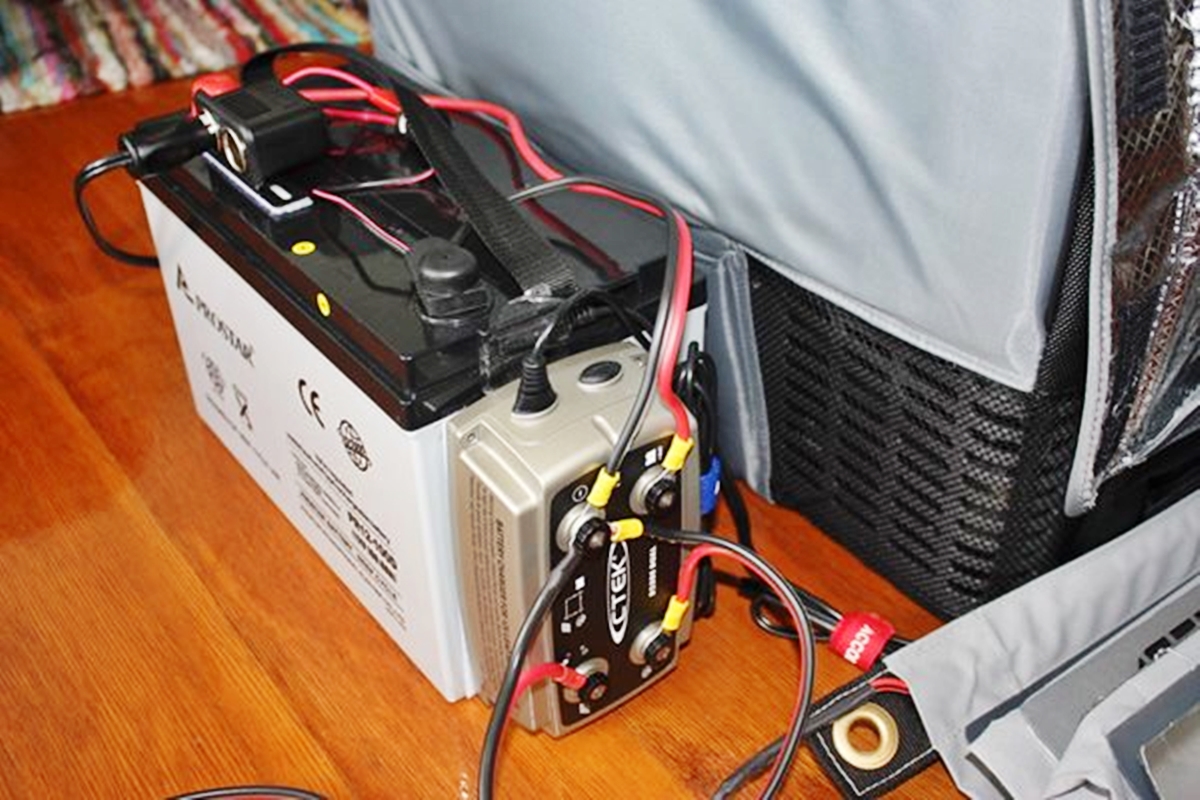



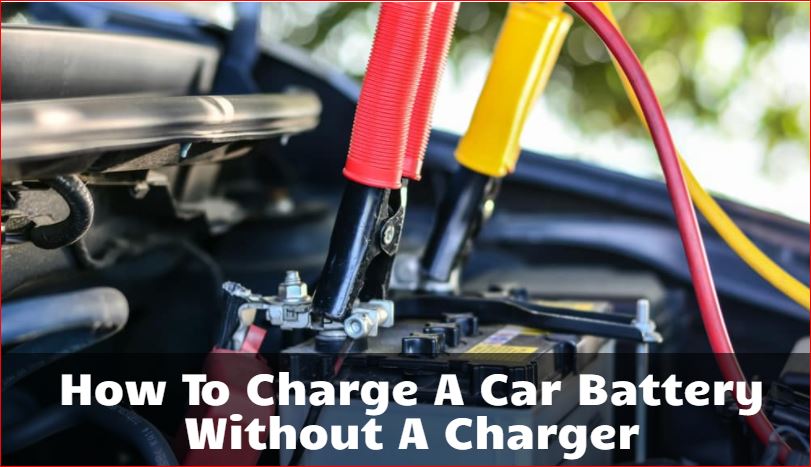


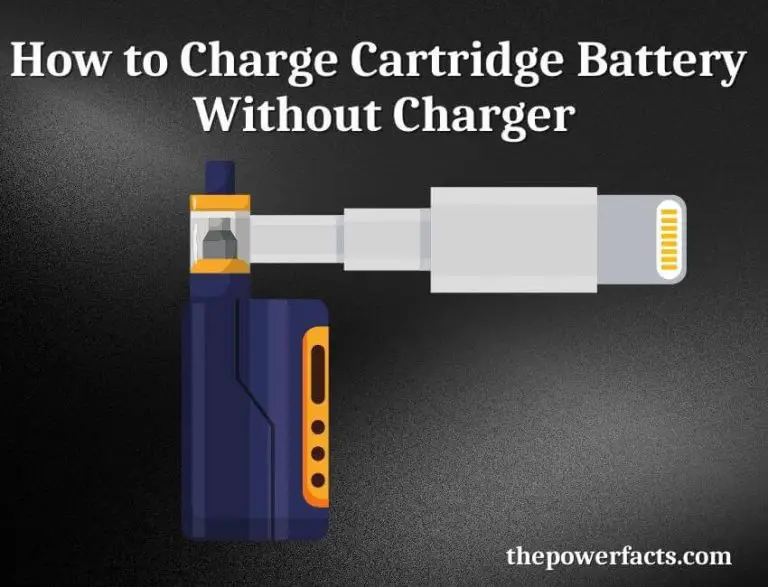



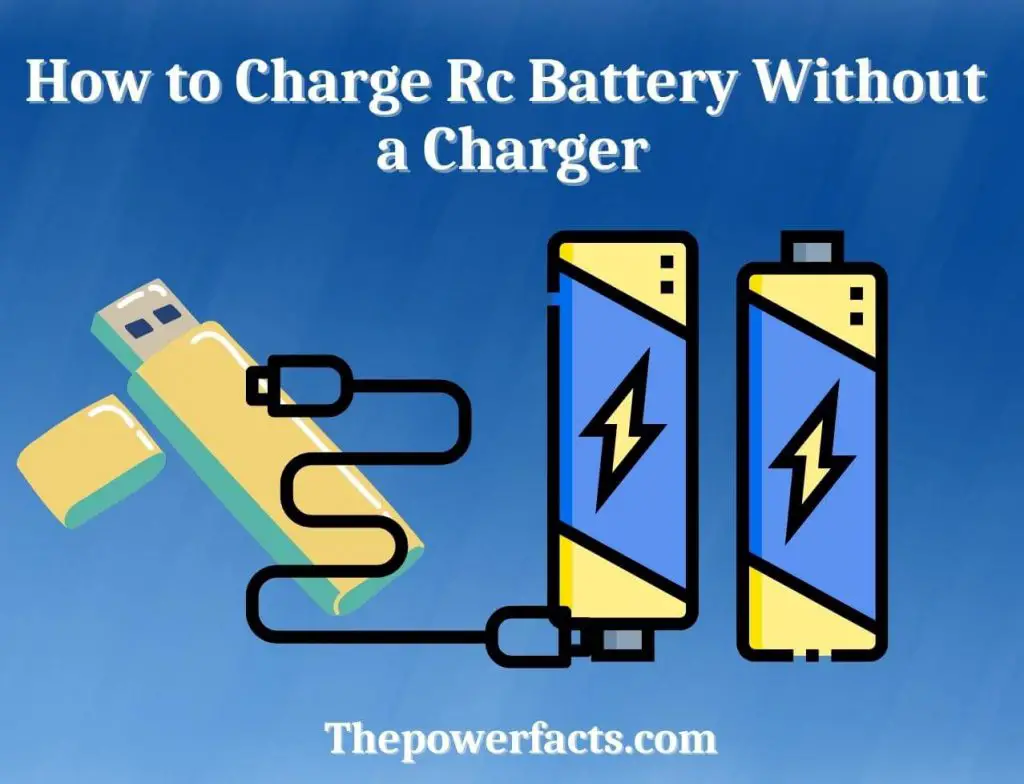
![How To Charge A 12v Battery Without A Charger How to Charge Car Battery without Charger at Home [8 Methods]](https://wheelspick.com/wp-content/uploads/2023/02/How-to-Charge-Car-Battery-without-Charger-at-Home.jpg)


